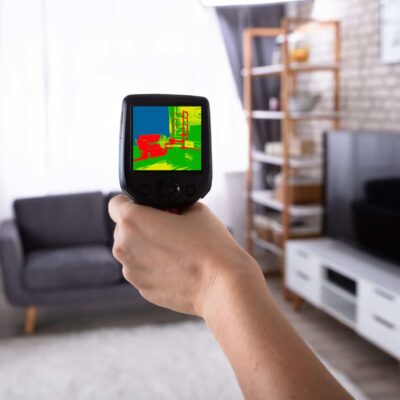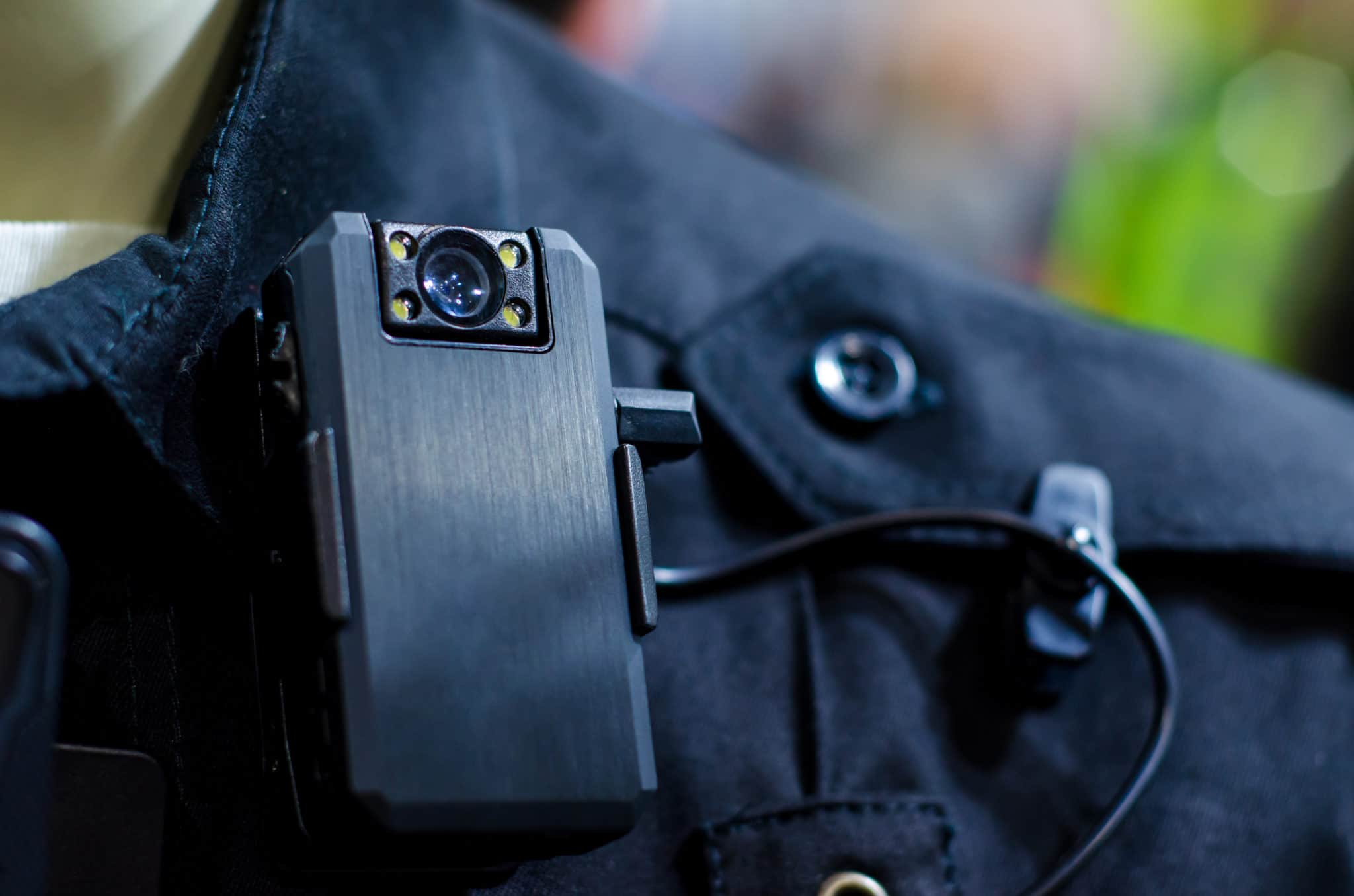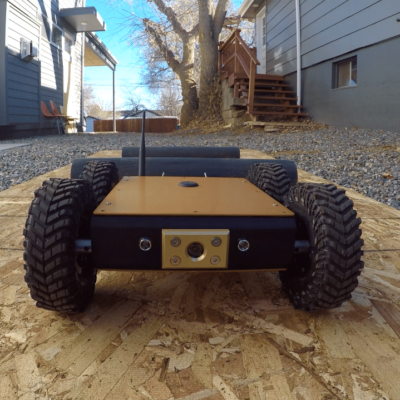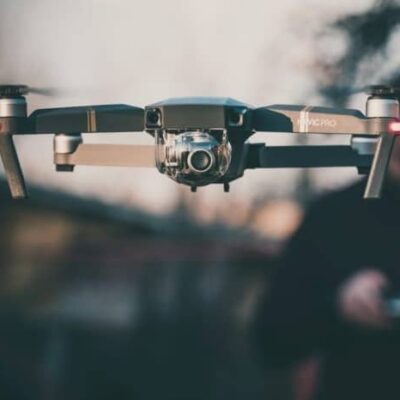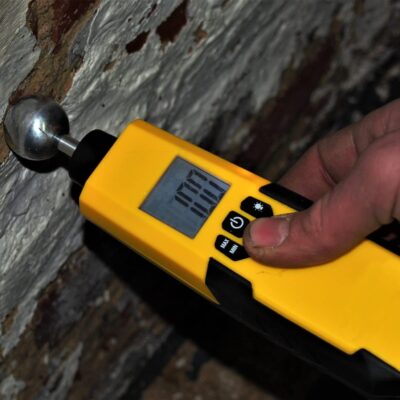Infrared Cameras: Redefining the visual home inspection
Last Updated November 9, 2023
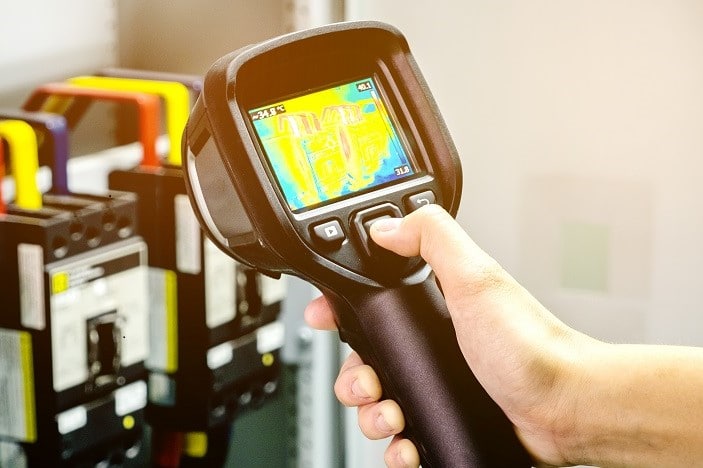
For the past two decades, home inspectors have been inspecting using thermal imaging. By examining the heat given off by various property systems and components, many inspectors have discovered roof leaks, electrical issues, structural defects, and insulation anomalies.
However, thermal imaging isn’t commonplace. Due to the technology’s expense and imperfections, many inspectors have opted out of purchasing infrared cameras for their businesses. Additionally, using infrared cameras may exceed your standard of practice (SOP), opening your business up to additional liability.* For the inspectors on the fence, we explore why inspectors use thermal imaging technology and the investments they make to do so. We also touch on important risk management considerations for anyone considering or currently offering infrared inspections.
Why inspectors use thermal imaging technology.
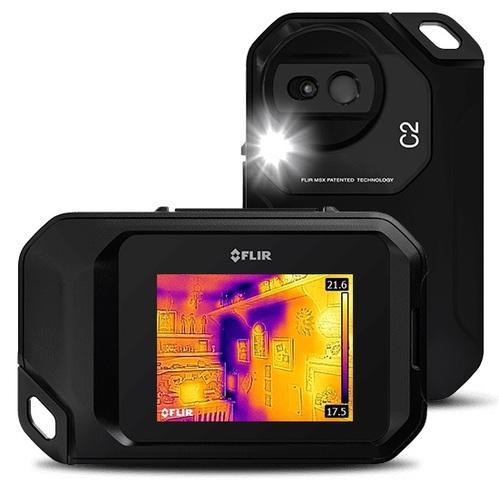 When asked why they perform home inspections with infrared technology, the six home inspectors we interviewed said they began offering the service for one or more of the following reasons.
When asked why they perform home inspections with infrared technology, the six home inspectors we interviewed said they began offering the service for one or more of the following reasons.
1. They wanted to stay competitive in their market.
With only so many houses on the market, home inspectors need to find ways to stand out from other inspectors in their area to be successful. One way home inspectors can get ahead of their competitors is by offering additional inspection services, like thermal imaging.
“For me, [thermal imaging] is not only a way to set myself apart as an inspector but to set our company apart,” said Michael Hammel of Guiding Light Home Inspection Services, LLC in Texas.
By offering a niche inspection service, Hammel gives his customers value that isn’t easily found elsewhere.
For other home inspectors, performing thermal imaging inspections is a matter of keeping up with the competition. Judson Faust of Liberty Inspections in Kentucky started using infrared technology after others in his market began offering the service. Now, he estimates half of his potential customers call to ask about thermal imaging. That’s one big group of business Faust could have lost had he not added infrared cameras to his inspection toolbelt.
Additionally, Faust says many of his referring real estate agents look for thermal imaging services before sending inspectors business.
“Some realtors love [infrared]. Some realtors will not refer an inspector who does not use thermal imaging because they understand how important it is,” Faust said.
By offering infrared inspections, Faust makes sure he stays in his area’s realtor referral pool.
Beware of lack of demand.
Before adding infrared technology to your home inspections to stay competitive, make sure there’s enough demand. Chuck Lambert of Sunrise Inspection Services in California invested in an infrared camera only to find that, due to the mild climate in his area, selling infrared inspections was more difficult than he’d anticipated.
Hammel, too, has seen less interest in thermal imaging than he had expected. However, Hammel attributes this to potential clients not understanding what thermal imaging is and how it can help them.
“[Clients] don’t request [thermal imaging] as often as I would like them to. I think a lot of it goes back to education and really knowing whether or not it’s something they need,” Hammel said.
Similarly, Matthew Cottenham of Trademark Home Inspection, LLC in Michigan believes many potential clients don’t understand the value enough to make the additional investment into thermal imaging.
“It’s amazing how people will complain about their energy bills all day long but not want to spend a few hundred bucks to have someone come in and do a proper energy audit that could save them 20 percent. Over a lifetime, that’s a lot of money,” Cottenham said.
To make sure there’s enough demand to warrant investing in thermal imaging, we recommend looking at your potential clients’ pain points and assessing how many homebuyers in your area are likely to want infrared inspections.
2. They wanted to use infrared to better spot defects.
According to Mike Morgan of Morgan Inspection Services in Texas, the biggest benefit of using an infrared camera is providing a more thorough inspection that helps serve the client and protect the inspector.
“I have found several roof leaks and even water leaking through the lower part of a wall and a couple of electrical issues that I never would have found without a thermal camera,” Morgan said. “And had I not, those problems would have persisted after my client bought the house. And who knows how big of a problem that could’ve turned into?”
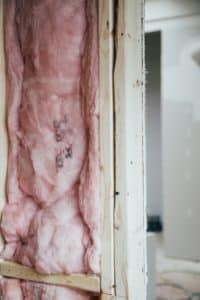
Additionally, the inspectors we interviewed use infrared to assist them in finding insulation anomalies and assessing heating and cooling registers. According to Steven Rinehart of Rinehart Real Estate Inspection Service in Texas, infrared cameras can often detect such defects sooner or more accurately than the naked eye.
“It’s kind of like going into your doctor. He can use an x-ray to find things that maybe haven’t manifested themselves yet,” Rinehart said. “At least once a year, I find a house that most or all of a room never got insulation in the ceiling. And if you tried to visually verify it from the attic, it was almost impossible because of the architecture.”
Our inspectors were quick to point out that, while thermal imaging technology has many benefits, it isn’t perfect. They caution other inspectors to use infrared cameras as fact-finding tools rather than diagnostic tools.
“If I see spots with the thermals, I always verify with a moisture meter because a thermal camera only sees temperature differential,” Faust said.
3. They wanted to add an additional source of revenue to their business.
Many of the inspectors we interviewed added thermal imaging inspections to their businesses to generate additional revenue. Each of them added the service in one of two ways: as a standard practice in all their basic inspections or as an additional service for which clients paid. There are pros and cons to both approaches.
Paul Duffau of Safe@Home Inspections, LLC in Washington found that offering thermal imaging as a standard service didn’t lead to the revenue growth he’d wanted.
“A mistake I made early on is that I used [thermal imaging] as a point of differentiation and didn’t charge for it. That was a mistake because it built in the expectation that I was going to use it all the time for free,” Duffau said. “If you want to use it as an add-on service, then advertise it as an add-on service.”
Cottenham found the opposite to be true. Due to a lower demand for thermal imaging, selling home inspections using infrared technology as a separate service wasn’t profitable.
“In our market, we tried to add [thermal imaging] as a separate service. The demand just wasn’t there,” Cottenham said. “So, at this point, we just use it as an added tool for our inspectors. We do have a specialty inspection where, if someone requests it, we will go out and just do thermal scanning for them. But it’s not something we regularly practice.”
Whether inspectors increase their standard fee or sell thermal imaging as an additional service, how much inspectors charge clients when they use infrared cameras varies dramatically. Some home inspectors we interviewed charged as little as $25 more to add thermal imaging to their standard inspection. Others charge 50 percent more than their standard inspection fee. Price points really depend on the individual inspector and their target market.
Investments inspectors make.
Keep in mind that, to offer an additional service like thermal imaging, home inspectors must make several up-front investments. Common investments include the three E’s: education, equipment, and endorsements.
Education.
In an article for FLIR Systems’ called “3 Costly and Embarrassing Mistakes that Novice Thermal Camera Users Make and How to Avoid Them,” home inspector Scott Harris stated that it’s common to misinterpret infrared images.
“The worst thing that can happen is to misdiagnose a problem that is or isn’t there. It could make or break a deal on a home sale or induce costly destructive measures that could prove your were wrong,” Harris said. Not all cold or hot spots are problems, and even someone with extensive building science expertise can make the wrong call without a baseline understanding of the physics behind thermal imaging and experience interpreting images.”
With interpreting images being so difficult, it’s important that inspectors interested in offering infrared technology in their home inspections obtain adequate education.
“If you’re trying to use [an infrared camera] without training, you can potentially identify things incorrectly,” said Ryan Thomas of Good Neighbor Home Inspections in New York. “That’s why it’s really important to make sure that you get the necessary education so, when you’re utilizing the infrared camera, you’re identifying things accurately and correctly for your clients.”
Certification.
The following are some of the training and certification courses the inspectors we interviewed recommend:
- FLIR Systems’ Infrared Training Center’s (ITC) courses, including Levels 1 – 3 of certification
- The International Association of Certified Home Inspectors’ (InterNACHI) Certified Residential Thermographer class
- InterNACHI’s periodic thermography classes at the House of Horrors
- Monroe Infrared Technology’s Certified Residential Thermographer (CRT) course
- Scott Woods Associates, LLC Building Science Thermography class
- United Infrared‘s online and in-class training
In addition to formal training, Hammel believes that, before inspectors start offering thermal imaging, they should practice on their own, friends’, and families’ homes. By practicing on multiple properties, inspectors can get used to evaluating pictures correctly.
Morgan agrees that, the more experience an inspector has, the better service they’ll be able to provide and the less likely they’ll be to make mistakes.
“The more you use [an infrared camera], the more training you get, the less likely it is to misread the data,” Morgan said.
Equipment.
When Rinehart started performing home inspections with infrared technology 10 years ago, he paid nearly $10,000 for his camera. Now, Rinehart’s inspectors use relatively inexpensive cameras that clip on to their cell phones.
“You can get an infrared camera that snaps onto your phone cheaper than you can buy a decent ladder to get onto a two-story house,” Rinehart said.
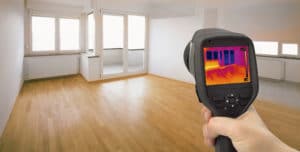
Some of the most well-known thermal camera manufacturers that sell products suitable for home inspectors include FLIR Systems, Fluke, and Seek Thermal. Prices range from a few hundred dollars to around $15,000, depending on the accessory or camera’s clarity and features.
Due to the high level of competition in equipment sales, most inspectors advise seeking recommendations from others in the industry.
Endorsements.
An endorsement is a form that either changes or adds coverage to your insurance policy. At InspectorPro, our carriers automatically cover thermal imaging under their standard policies, so an endorsement is not needed.
However, other home inspection insurance policies may exclude thermal imaging. So, be sure to read your insurance policy and contact your provider if there is a thermal imaging exclusion you would like to modify with an endorsement.
Limiting your liability against thermal imaging-related claims.
In our claims experience, using a thermal imaging camera does not appear to correlate with a higher propensity for claims. In fact, infrared technology can make for a better report and a more informed client, thus, potentially mitigating risk. However, whenever you utilize an instrument, device, or tool not specifically required by the standards of practice*, you should take certain precautions to avoid assuming additional liability.
1. Make sure your clients understand the limitations of infrared.
Duffau thinks the main drawback to infrared technology is unrealistic expectations of the equipment’s capabilities. To avoid misunderstandings, Duffau makes sure that his clients understand the basics before he performs the service.
One basic thing Thomas tries to emphasize is how the technology actually functions. By explaining how thermal imaging works, Thomas helps clients have reasonable expectations.
“It’s easy to assume that you can see through walls,” Thomas said. “[But] you can help manage [clients’] expectations of what you’re going to get out of utilizing thermography.”
Cottenham also explains how conditions on the day of the inspection can impact thermal imaging’s ability to spot defects.
“Because it only detects temperature differences, a leak would have had to have happened within the last several hours. Because once that water reaches the same temperature as the rest of the room, [the infrared camera] is not going to show it,” Cottenham said.

Hammel recommends showing clients thermal pictures in addition to standard pictures while discussing inspection findings and limitations. By showing two snapshots of the same area, inspectors can provide clients with important context.
By clearly identifying the limitations of your services, as well as the extent of your services, you mitigate your risk. Just make sure that what you say orally, in writing, and online all agree.
2. Be consistent in how and when you offer your services.
A few years ago, a home inspector used infrared technology inconsistently in a vacant home inspection property. In so doing, he identified a couple of minor issues. A month went by and a leak from a bathroom manifested. As far as the inspector could tell, the leak wasn’t present during the home inspection. However, the area where the leak arose was not one the inspector had examined with his infrared camera. So, his clients argued that, had he used the infrared camera in that area, he would have identified the condition.
As illustrated above, if you do decide to use an infrared camera during your inspections, you need to be consistent. If you charge for the service, make sure to offer thermal imaging to every inspection client. Additionally, we recommend having a place in your pre-inspection agreement that states that thermal imaging is available for purchase.
If you do not charge for thermal imaging services, use your camera in the same way and on every inspection. (If you use your infrared camera inconsistently, or in different ways across inspections, you could get into trouble.) For example, only use your camera in specific areas that have existing, visually-identifiable evidence of issues. Or, use it in areas that are likely to have defects made apparent by thermal imaging. Furthermore, to avoid inaccurate client expectations, explain where you do and don’t use your camera in your pre-inspection agreement and your report.
Thermal imaging and your home inspections.
Could offering home inspections using infrared technology make you more competitive in your market? Are you looking for ways to better spot certain defects? Are you interested in additional revenue sources and job security for your inspection business?
If you answered “yes” to any of these questions, perhaps it’s time for your company to offer thermal imaging. You can learn more about offering additional inspection services from our article “Endorsements: Spend money to make money in your home inspection business.”
Need insurance coverage for your home inspection business? If you aren’t insured with us already, get a no-obligation quote for E&O and general liability coverage by filling out our online application.
*The InterNACHI Standards of Practice do not include any information regarding thermal imaging or infrared technology specifically. However, Section 1.1., states “a home inspection is a non-invasive, visual examination of the accessible areas of a residential property.”
When asked whether using thermal imaging exceeded the InterNACHI SoP by making the inspection invasive or hyper-visual, InterNACHI Founder Nick Gromicko stated that the use of infrared technology was akin to using other commonplace inspection tools for visual enhancement. “[An infrared camera is] no different than a flashlight. You aim it at something to get a better view of it,” Gromicko said. “A flashlight doesn’t tell you everything. Neither does an infrared camera. It’s just a tool to provide you with a certain view.”
The American Society of Home Inspectors (ASHI) did not respond for comment. However, the ASHI Standard of Practice, too, does not include any information regarding thermal imaging or infrared technology specifically. However, in Section 2.2.A., the SoP states “the home inspector shall inspect readily accessible, visually observable installed systems and components listed in this Standard.”



